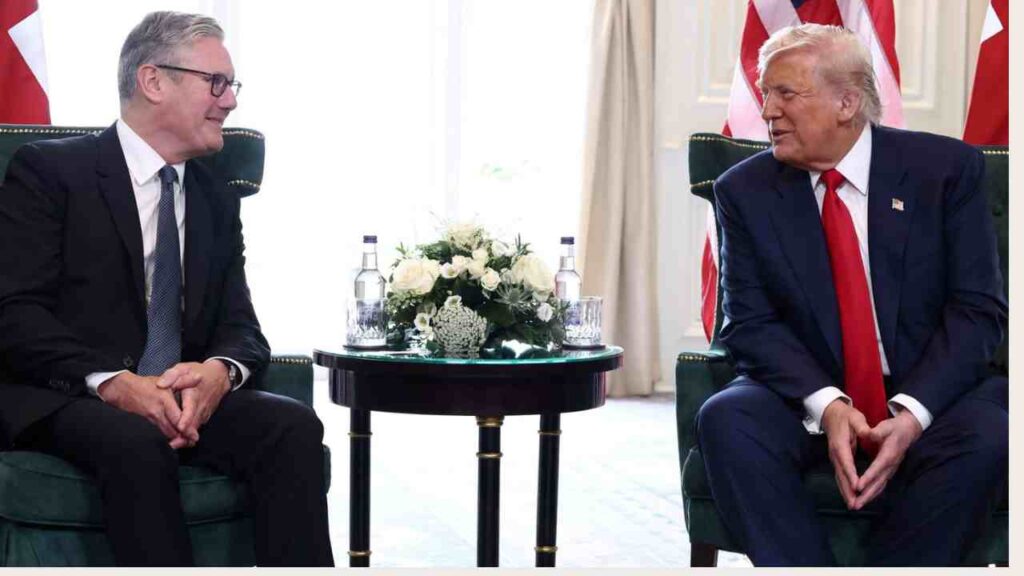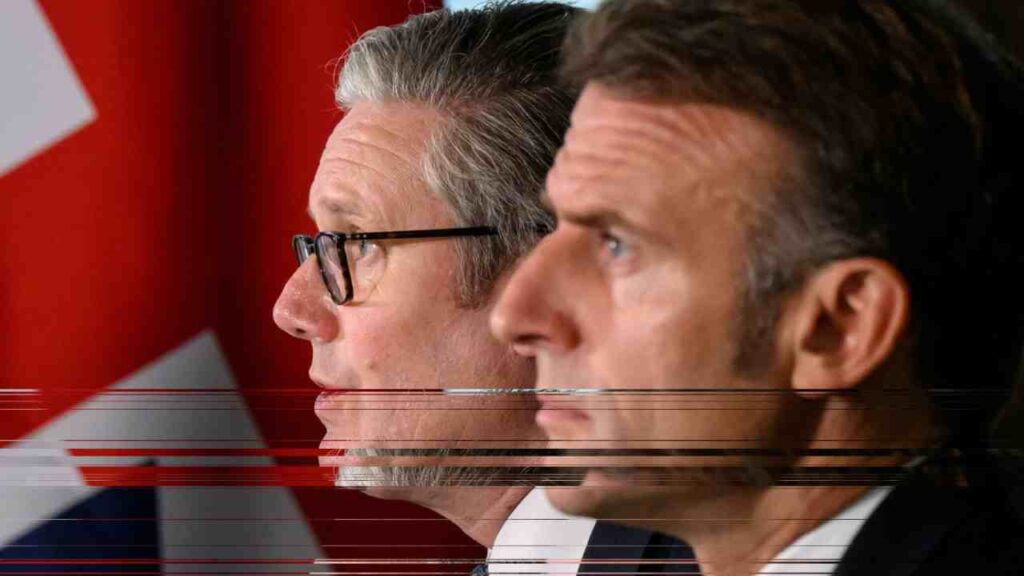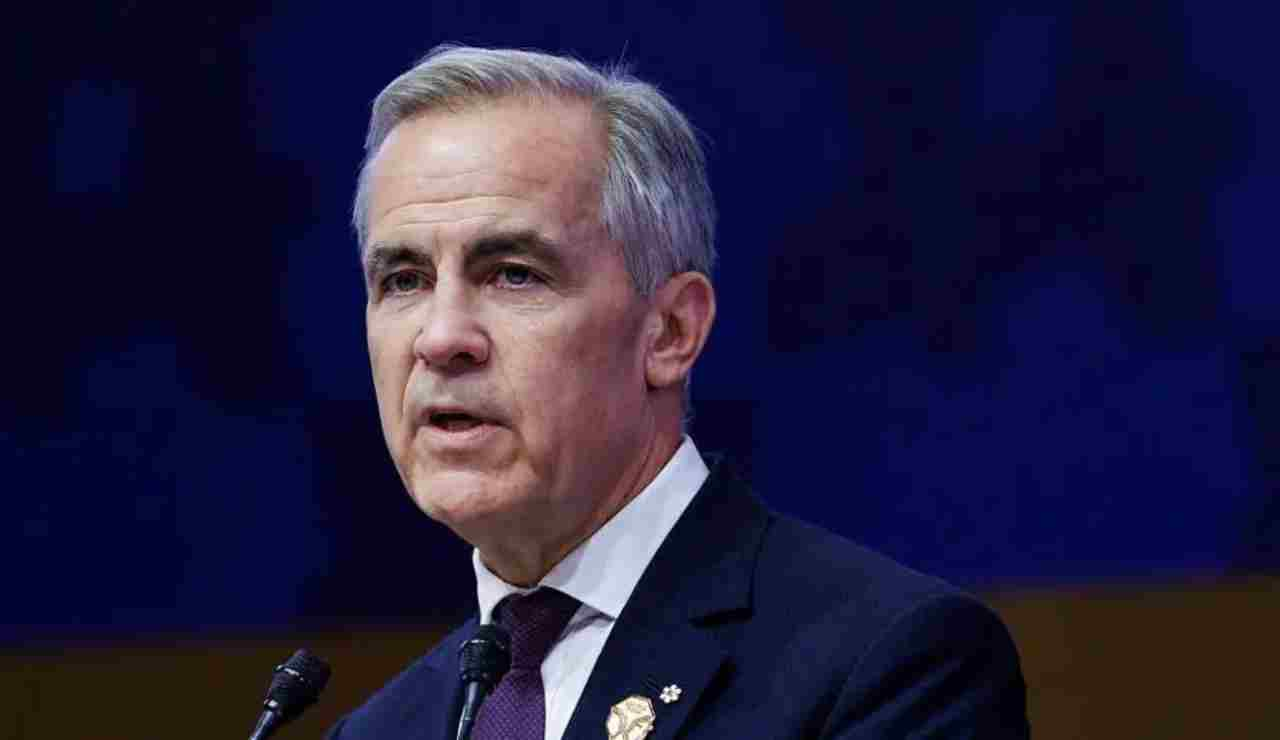Diplomatic Gathering Marks Dramatic Shift Following Trump-Zelenskyy February Confrontation
World leaders are gathering at the White House today for an extraordinary diplomatic meeting that represents both the culmination of months of careful relationship-building with President Trump and a critical moment in determining Ukraine’s future security arrangements.
An Unprecedented Diplomatic Moment
Never before have so many world leaders assembled at such short notice for a White House meeting of this magnitude, particularly with a president described by diplomatic sources as “as consequential as he is unpredictable.” The rapid organization of this summit has been characterized by one diplomatic source as “organic” — the natural progression following recent high-level discussions.
The speed of coordination reflects both the urgency of the Ukraine situation and the careful groundwork European leaders have laid in their relationships with the Trump administration over recent months.
European Dominance in the Room
While European leaders were notably absent from previous Alaska summit discussions, today they will take center stage in the White House. This shift in diplomatic dynamics raises questions about whether President Trump might feel encircled by his allies, though observers suggest he is more likely to relish his role as the primary convener of this historic gathering.
The positioning reflects Trump’s success in creating what many see as a pivotal moment for diplomatic dialogue, regardless of debates over whether his approach has been strategically sound or haphazard.

The February Turning Point
The context for today’s meeting can be traced directly to a dramatic February encounter between Trump, Vice President JD Vance, and Ukrainian President Volodymyr Zelenskyy in the Oval Office. That confrontational meeting, described by witnesses as an “excruciating” public dressing-down of the Ukrainian leader, served as a wake-up call for European leaders.
The February incident provided European capitals with what diplomatic sources call a “crystallising sense of precisely who they were dealing with” in the Trump administration. The public nature of Trump and Vance’s criticism of Zelenskyy stripped away diplomatic niceties and revealed underlying tensions about Ukraine policy.
European Recalibration
Since that pivotal February meeting, European leaders and their nations have undergone significant strategic adjustments. Collectively, European countries have dramatically increased their defense spending, recognizing what officials describe as “the necessity to stand on their own” rather than relying heavily on American security guarantees.
More notably, individual European leaders have invested considerable effort in cultivating personal relationships with President Trump, each adapting their approach to appeal to different aspects of his personality and interests.
The Charm Offensive
The relationship-building efforts have taken various forms, with each leader tailoring their approach to Trump’s preferences and communication style. British Prime Minister Keir Starmer has emphasized formal diplomatic protocol through state visit arrangements, while Finnish President Alexander Stubb has bonded with Trump over golf.
Italian Prime Minister Giorgia Meloni has leveraged their aligned political positions, while NATO Secretary-General Mark Rutte has made notably deferential public comments, including references that some observers characterized as overly flattery-laden.
Critics might describe these efforts as “cringingly” obvious, but diplomatic sources emphasize that such relationship cultivation has been undertaken “precisely for moments like today” — when European input could prove crucial to major policy decisions.
Today’s Expected Dynamics
The day’s proceedings are expected to begin with separate bilateral meetings between Trump and Zelenskyy, along with their respective delegations, likely culminating in a joint Oval Office appearance. Both sides appear determined to avoid any repeat of February’s public confrontation.
Zelenskyy, who reportedly acknowledges he “played that badly” in February, is expected to take a markedly different approach. Observers note the irony that Trump now appears willing to discuss the very security guarantees he criticized Zelenskyy for requesting months earlier.

Symbolic Details Matter
Given Trump’s attention to presentation and symbolism, even seemingly minor details carry diplomatic weight. Observers will be watching whether Zelenskyy appears in formal business attire rather than the military-style clothing that generated controversy during his February visit.
Such details, while seemingly trivial, can significantly impact the substantive discussions that follow, particularly given Trump’s focus on visual messaging and protocol.
Core European Objectives
The broader multilateral meeting will focus on European leaders’ primary concerns: understanding the extent of security guarantees Trump is prepared to offer Ukraine and, crucially, learning details about his discussions with Russian President Vladimir Putin.
Key questions include whether Putin would genuinely accept some form of American-European security arrangement for Ukraine — essentially NATO-style protection without formal membership — and what specific territorial or control arrangements may have been discussed between the two presidents.
Diplomatic Concerns About Ambiguity
European officials express concern that intentional ambiguity in any eventual agreement could create short-term political benefits for Trump while establishing dangerously unstable long-term conditions. Such arrangements might allow different parties to interpret terms according to their preferences, potentially leading to future conflicts.
This approach could provide Trump with immediate diplomatic success while creating conditions for eventual agreement breakdown, a scenario European leaders are eager to prevent.
The European Strategy
The anticipated European approach combines flattery with subtle pressure, acknowledging Trump’s role in creating diplomatic opportunities while emphasizing the need for sustained American commitment to European security interests.
Leaders plan to frame their message around Trump’s legacy, emphasizing that this represents “his peace” and that European support is essential to ensuring its durability. However, they will also stress that lasting success requires continued American engagement rather than accommodation of Russian demands.
Historical Significance
The gathering represents a unique moment in transatlantic diplomacy, where European leaders must balance their desire to influence American policy with the recognition that Trump’s unpredictable approach has nonetheless created genuine opportunities for diplomatic progress.
The outcome of these discussions could establish precedents for how future American administrations engage with both European allies and adversaries like Russia, making today’s conversations significant far beyond the immediate Ukraine crisis.
Stakes for All Parties
For European leaders, the meeting represents an opportunity to shape American policy while demonstrating their value as partners in Trump’s diplomatic initiatives. For Ukraine, it offers a chance to repair relationships damaged in February while securing crucial security commitments.
For Trump, the gathering provides an opportunity to demonstrate his effectiveness as a global diplomatic leader while managing complex relationships with both allies and adversaries. The success or failure of today’s discussions could significantly impact his administration’s foreign policy legacy and America’s role in European security arrangements.






